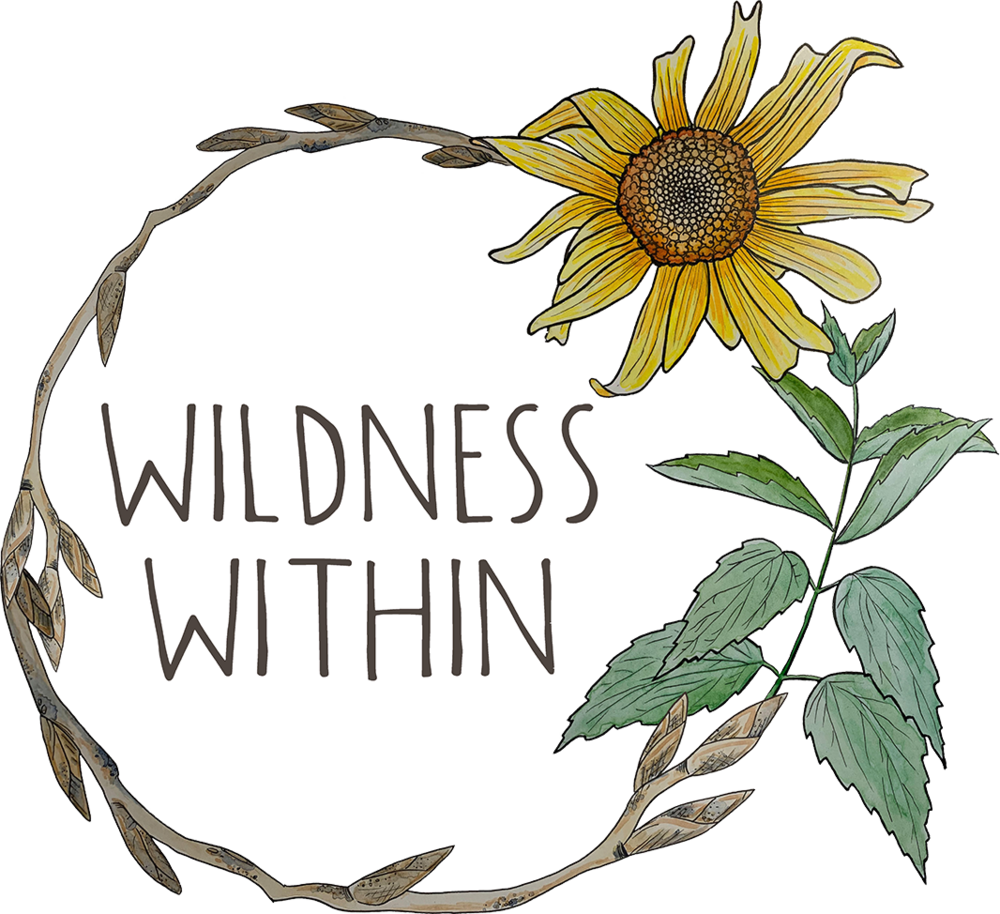Common Names: Pot Marigold, Garden Marigold
Botanical Name: Calendula officinalis, C. arvensis
Plant Family: Asteraceae, Composite Family
Parts Used: Flowers, Flower buds, leaves sometimes extending into the stem
Actions: astringent, antiseptic, vulnery, anti-inflammatory, immune modulating, antimicrobial, lymphatic, antispasmodic, emmenagogue, hepatic, demulcent, antitumor
Habitat: Calendula can be found in most gardens. It has been used since the 12th Century in Europe and even earlier in Egypt. It tends to grow in full sun. Calendula is a perennial that will come back throughout the Calendar months.
Collection: Calendula will begin its growth from early spring and bloom into late Fall, even during the first snowfall. It’s an extremely hardy flower that mirrors the radiant glow of the sun. Calendula flowers should be picked as soon as they begin to open (you can harvest some of the flower buds as well). If you harvest the full flower top, it will encourage new flower heads to emerge.
Notice when collecting these flowers how sticky your fingers get from the resin. Resin obtains antifungal properties, so you’re benefiting from the medicine upon touching this plant.
Calendula Medicine:
Calendula is used for so much. It is as friendly as it appears and brings sunshine and warm energy to our bodies.
Photos by Rachael Witt
Here is a broad list of uses for Calendula:
· Wounds, scrapes, cuts, sores, burns, bruises
· Skin issues (and pain) such as eczema, measles, chickenpox, skin eruptions
· Diaper rash and rashes in general
· Bee and wasp stings, insect bites
· Radiation & UV protection, dry skin, chapped lips
· Earaches
· Stagnant lymph
· Minor and chronic infections
· Delayed menses & cramps
· Ulcers, indigestion, Digestive inflammation
Skin Indications
David Hoffman claims that Calendula is “one of the best herbs for treating local skin problems.” It is a powerful vulnery, which helps the repair and growth of damaged skin cells. Calendula is an anti-inflammatory, anti-viral and anti-septic, anti-fungal AND anti-microbial all of which supports connective tissue and aids in wound healing. It can be applied topically or taken internally to suppress an infection, especially skin infections. One of the main uses I see for Calendula is an oil infusion that mother’s put on their babies coping with diaper rash. A powder of the flowers mixed with warm water also eases the irritation of rashes. Other ailments that Calendula helps in regards to the skin include chapped lips/nipples/etc. bruises, burns and sores, itching, insect stings, etc.
Lymph Flow
Nourish and cleanse your lymphatic system with the gentle herb Calendula. It’s a lymph-node decongestant that helps with lymphadenitis and lymphadenoma. Combine Calendula with Burdock, Red Clover, Chickweed and Oregon Grape for the ultimate lymph drainage tea or tincture. It’s important to move, sweat and keep the lymphatic system moving because it is an important part of the immune system and also removing toxins from the body.
Studies have shown calendula’s effect on cancer cells. It is shown to be effective against the cells of colon cancer, leukemia, and melanoma. Paul Bergner states “Calendula acts to mobilize white blood cells, stimulate lymphatic drainage, decrease inflammation of the lymph nodes, and generally support lymphatic circulation.”
Digestive Aid
Calendula is a mild astringent and antiseptic. It’s helpful for treating gastrointestinal issues such as ulcers, cramps, indigestion and diarrhea. Combined with plantain, Calendula can repair and heal the gut lining that’s been damaged by leaky gut. Its anti-inflammatory qualities help reduce digestive inflammation, including gastric and duodenal ulcers.
Calendula Food
Prepare your summer salads and Fall soups with these vibrant flower petals! It will bring light into your meal and also provide you with many sweet, yet bitter flavors. It will dye your rice yellow like saffron.
Calendula can be prepared in to oils, tinctures, homeopathic remedies, ointments, salves, infusions or simply masticated and packed on a wound.
Spring Garden Salad
2 cup leaf lettuce, torn apart
2 cup dandelion greens, torn apart
1 cup very young comfrey leaves, shredded
1 cup spinach leaves, shredded
1 cup Queen Anne lace blossoms, separated
½ cup Calendula blossoms
1/2 cup thinly sliced radishes
Dressing:
1 tsp salt
¼ tsp dry mustard
¼ tsp fresh black pepper
2 Tbsp. honey
1/3 cup apple cider vinegar
1 cup oil
Directions:
Combine all salad greens and blossoms in a salad bowl; toss well. Place all dressing ingredients, except oil, in blender on low speed. Turn blender to high; add oil slowly. Pour over tossed salad and serve immediately. Serves 12. (Edible Flowers a Recipe Collection)
References:
Medicinal Herbs; A Beginner’s Guide by Rosemary Gladstar
The New Holistic Herbal by David Hoffman
A Kid’s Herb Book for Children of All Ages by Lesley Tierra
300 Herbs; Their Indications & Contraindications by Matthew Alfs
Herbal Medicine From the Heart of the Earth by Dr. Sharol Marie Tilgner
Edible Flowers A Recipe Collection by Marilyn Land


